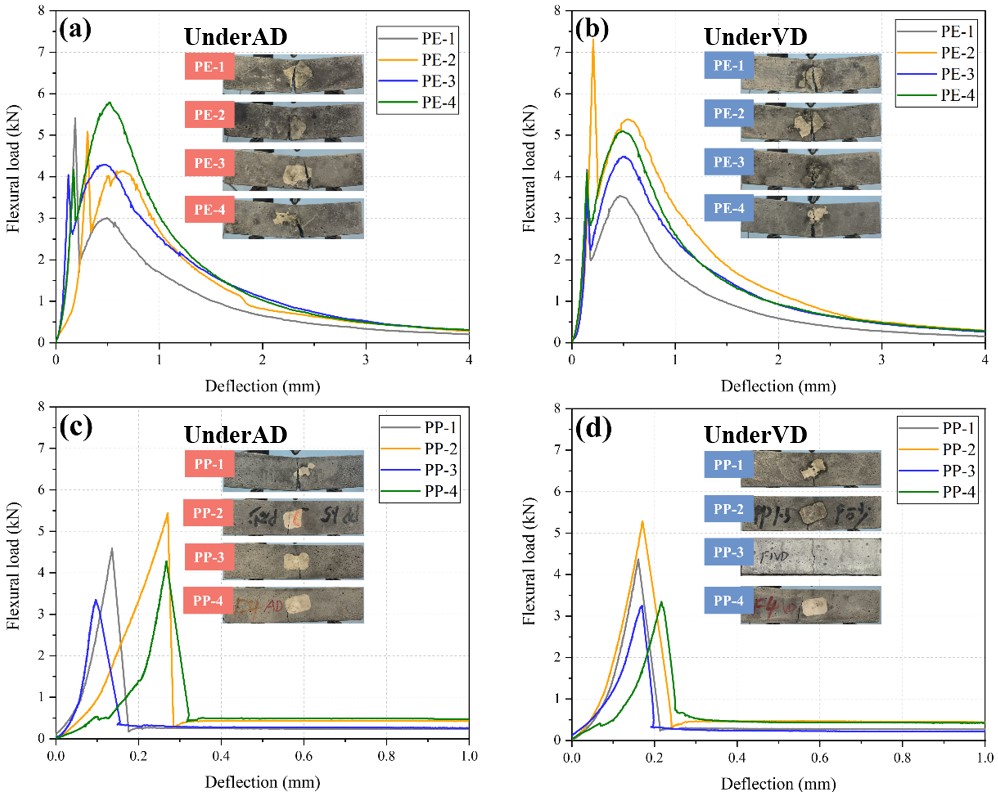Mechanical damage analysis of polymer fiber reinforced concrete in low vacuum environments.
Published 19 October, 2025
Low vacuum environment engineering has received considerable attention due to its vast applications in fields such as ultra-high-speed transportation, aerospace technology, and cutting-edge physics experiments. Concrete, as the most widely used construction material globally, remains an ideal material for constructing ultra-high-speed low vacuum pipelines and space bases. In harsh low vacuum environments, however, concrete faces challenges such as rapid dehydration, increased brittleness, drying shrinkage cracking, and diminished durability. Hence, there is a need to develop a new type of concrete with high toughness and anti-cracking to ensure the long-term safe service of infrastructure.
“Polymer fibers possess advantages such as non-magnetic properties, low density, high toughness, and resistance to corrosion, which makes them a potential ideal material for structures operating in low-vacuum service environments” notes Long Guangcheng, a Professor at the Materials Research Institute of the School of Civil Engineering, Central South University. “Therefore, conducting research on the service performance of polymer fiber reinforced concrete in low vacuum environments is highly significant.”
In a study published in the Journal of Railway Science and Technology, Long and his team employed the particle dense packing theory to design a type of polymer fiber reinforced concrete.
“We investigated its mechanical properties under low vacuum conditions and compared them with those under normal atmospheric pressure,” shares Long. “By combining acoustic emission techniques with SEM imaging, we further found mechanical damage characteristics of the concrete, as well as the mechanisms by which the polymer fibers function.”
The team’s findings indicate that by leveraging the high strength and high elastic modulus of polyethylene fibers along with the confinement properties of coarse aggregates, the mechanical performance of the concrete under low vacuum conditions can be effectively improved.
“Future research could focus on optimizing the design of the matrix—fiber—aggregate network system to achieve both performance and cost benefits,” says first author Zhaofei Long.

Contact author:
Zhaofei Long, School of Civil Engineering, Central South University, Changsha 410075, China, lzf2033195@163.com
Funder:
This research was supported by the Program Fund of Nonmetallic Excellence and Innovation Center for Building Materials (No. 24TDA-1).
Conflict of interest:
The authors declare that they have no known competing financial interests or personal relationships that could have appeared to influence the work reported in this paper.
See the article:
Long, Z., G. Long, Y. Zhang, et al., Mechanical properties and damage analysis of polymer fiber reinforced concrete in low vacuum environments based on acoustic emission technology, Journal of Railway Science and Technology, 2025, https://doi.org/10.1016/j.jrst.2025.07.002.